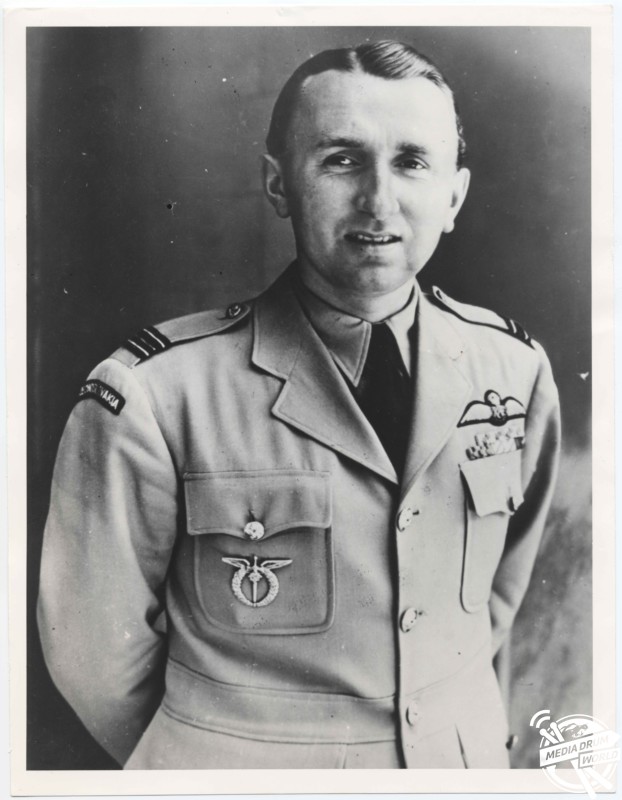
By Mark McConville
THE INCREDIBLE true story of the Royal Air Force’s top night intruder ace during World War Two with 18 confirmed victories has been revealed in a new book.
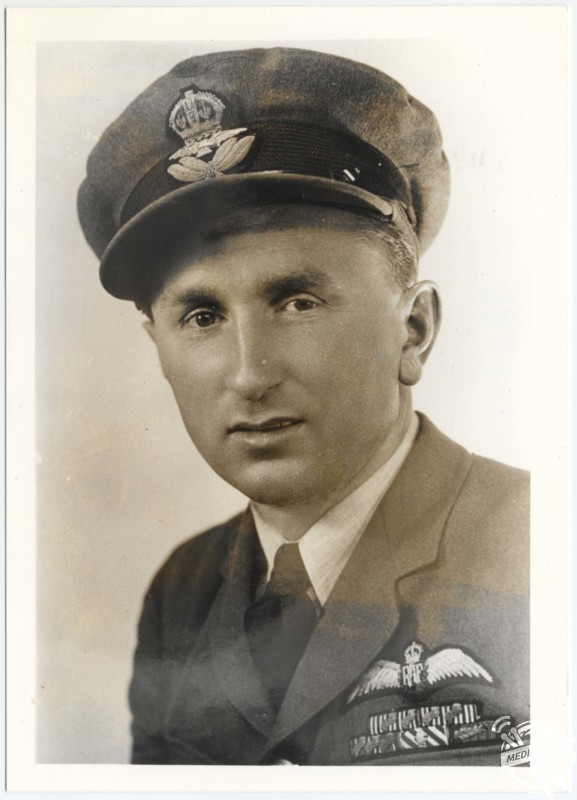
Karel Kuttelwascher, nicknamed the ‘Czech Night Hawk’ was the scourge of Luftwaffe bombers operating from France and the Low Countries in 1942.
Flying with the RAF’s legendary No. 1 Squadron, his destruction of fifteen aircraft in only three months brought him the Distinguished Flying Cross twice in a mere forty-two days and made him the RAF’s top night intruder ace.
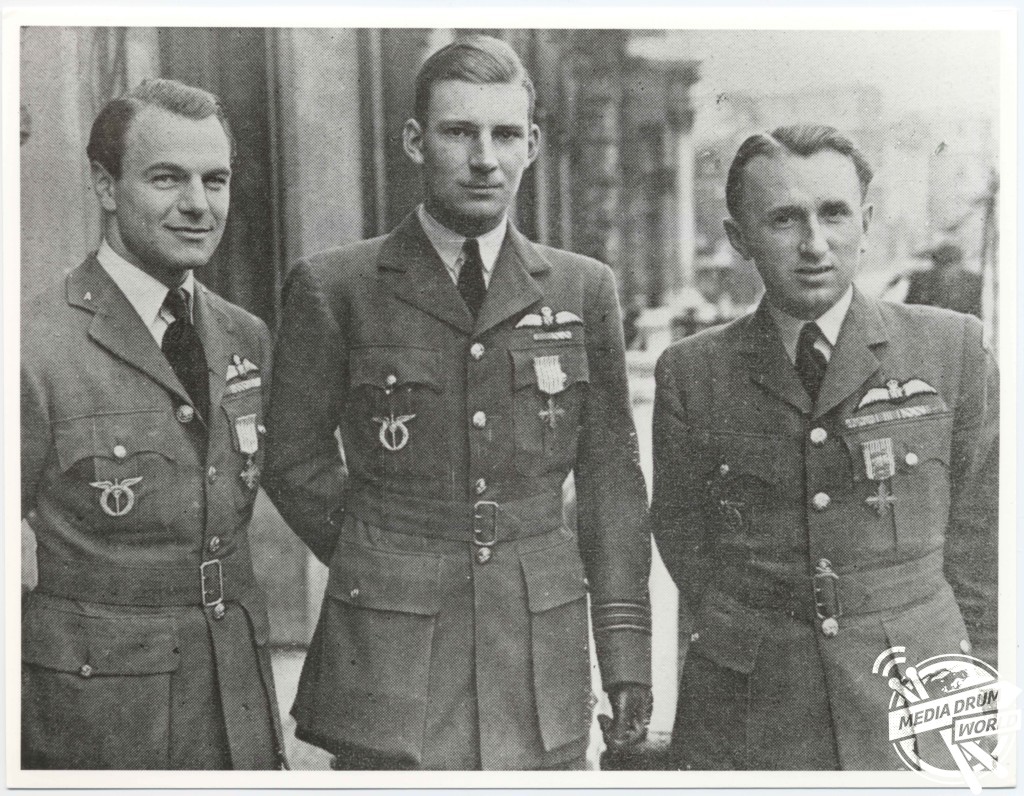
After his daring escape from German-occupied Czechoslovakia, he flew in the ferocious Battle of France and was then in time to participate in the final weeks of the Battle of Britain as one of Churchill’s ‘Few’.
The fascinating details of Kuttelwascher’s exploits and life after the war are revealed in an updated reprint of the book, Night Hawk, by Roger Darlington and published by Fonthill Media.

Mr Darlington is uniquely placed to tell the story after marrying Kuttelwascher’s daughter which gained him access to a treasure trove of personal records.
“Karel Kuttelwascher, known as Kut, was one of the RAF’s greatest fighter aces and arguably its most brilliant night fighter pilot,” he said in the book’s introduction.
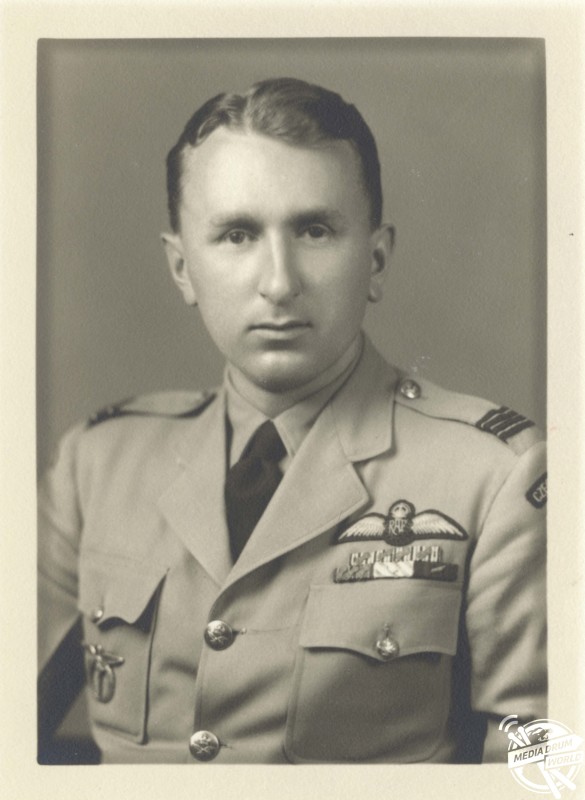
“During the war, he was a well-known hero but his name has subsequently been almost forgotten.
“Kut’s story is sufficiently exciting not to require artificial embellishment, so everything in this book—to the best of my efforts as a researcher—is fact and every quote is authentic.
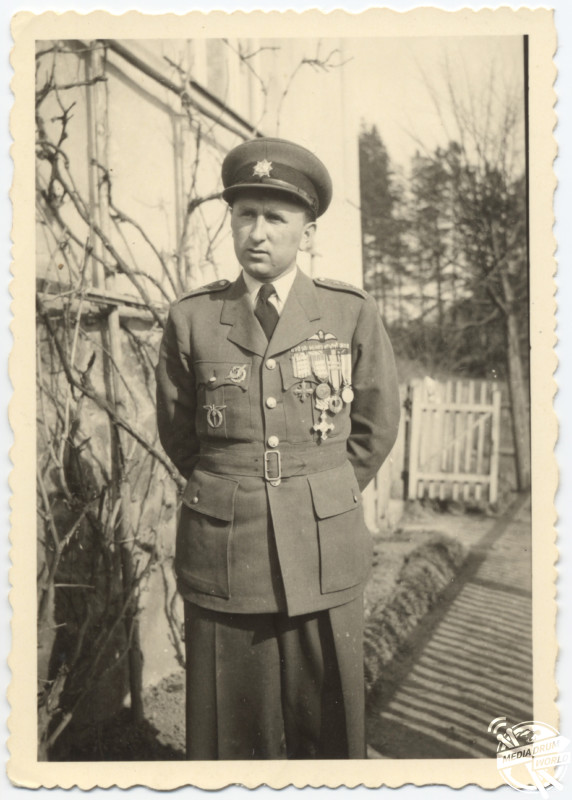
“Essentially, Night Hawk is a biography of one extraordinary man. However, it outlines the tremendous contribution to the war effort made by Czechoslovak airmen, a story not yet fully told anywhere in the English language.
“Also, it describes an aspect of the last war—night intruder operations—that has previously received too little examination and appreciation.”
In France, Czech airmen, including Kuttelwascher, were originally enlisted in the French Foreign Legion but France utilised the Czech pilots once the war broke out with Germany.
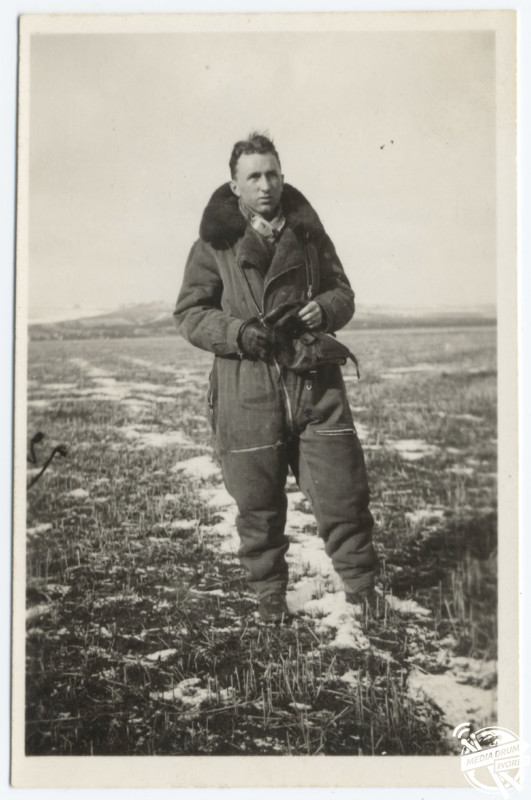
Kuttelwascher left France after it fell and travelled to Britain where he was assigned to No. 1 Squadron RAF.
During the early circus operations, he clocked up his first three kills and then played a part in the famous Channel Dash.
However, it was in the lauded but lonely night intruder role that his individualistic skills came to the fore. Flying a long-range Hawker Hurricane IIC armed with 20-mm cannon, Kuttelwascher unleashed a reign of terror that included the knocking out of three Heinkel bombers in just four minutes.
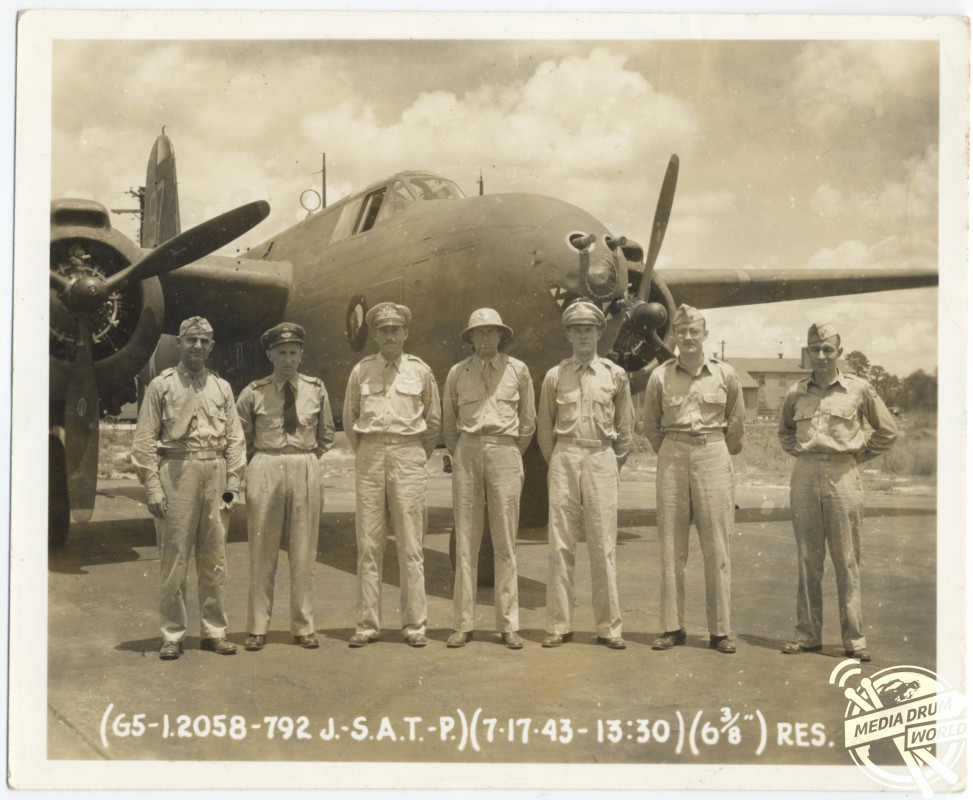
Mr Darlington explained the reason for the reprint was that Kuttelwascher’s story continued to evolve in the intervening years since the initial book release.
“Here in Britain, Karel Kuttelwascher’s name was included as one of ‘The Few’ on the Battle of Britain memorials erected at Capel-le-Ferne on the Kent coast (1993) and on the Victoria Embankment in London (2005),” he explained.

“The then Czechoslovak President Václav Havel posthumously promoted Karel Kuttelwascher to Brigadier General in 2000 and the current Czech President Miloš Zeman posthumously gave him the White Lion – the country’s highest award – in 2016.
“In Kut’s birthplace of Svatý Kříž, a large memorial was constructed. Kut would be amazed by the interest that continues to be shown in his story some three quarters of a century after his exploits, but it is quite a story.”
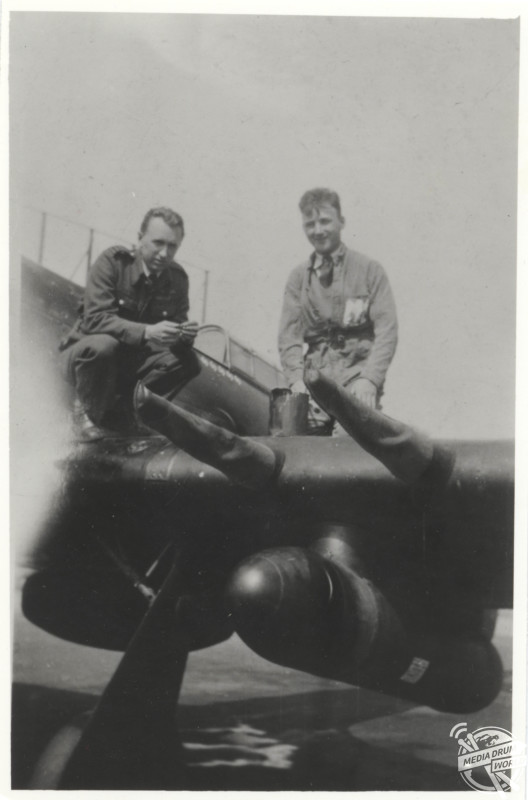
Kuttelwascher returned to Czechoslovakia in August 1945, but returned to Britain when the Communists came to power, becoming an airline pilot for British European Airways. He died of a heart attack on 17 August 1959, while on holiday in Cornwall.





